

The National Geographic Guide to Birding in North America - Season 1 Episode 9 Understanding Variations in Plumage
Season - Episode
1
Season 1 May 26, 2017
-
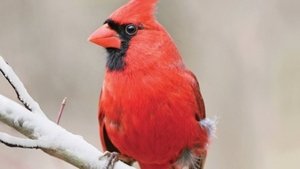 1 - 1Birding Basics: Bird Origins and Taxonomy May 26, 2017
1 - 1Birding Basics: Bird Origins and Taxonomy May 26, 2017 -
 1 - 2Basic Bird Anatomy May 26, 2017
1 - 2Basic Bird Anatomy May 26, 2017 -
 1 - 3Size, Shape, and Color as Birding Tools May 26, 2017
1 - 3Size, Shape, and Color as Birding Tools May 26, 2017 -
 1 - 4Bird Distribution, Status, and Endemism May 26, 2017
1 - 4Bird Distribution, Status, and Endemism May 26, 2017 -
 1 - 5Habitat and Season as Birding Tools May 26, 2017
1 - 5Habitat and Season as Birding Tools May 26, 2017 -
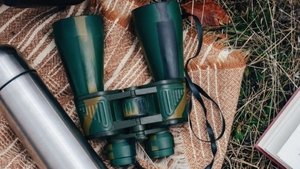 1 - 6Introduction to Birding Optics May 26, 2017
1 - 6Introduction to Birding Optics May 26, 2017 -
 1 - 7Tactics for Better Birding May 26, 2017
1 - 7Tactics for Better Birding May 26, 2017 -
 1 - 8Using Bird Behavior to Identify Birds May 26, 2017
1 - 8Using Bird Behavior to Identify Birds May 26, 2017 -
 1 - 9Understanding Variations in Plumage May 26, 2017
1 - 9Understanding Variations in Plumage May 26, 2017 -
 1 - 10Birding by Ear May 26, 2017
1 - 10Birding by Ear May 26, 2017 -
 1 - 11Essentials of Bird Migrations May 26, 2017
1 - 11Essentials of Bird Migrations May 26, 2017 -
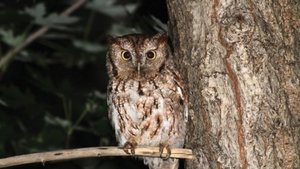 1 - 12Birding at Night May 26, 2017
1 - 12Birding at Night May 26, 2017 -
 1 - 13Pelagic Birds May 26, 2017
1 - 13Pelagic Birds May 26, 2017 -
 1 - 14Waterbirds, Shorebirds, and Game Birds May 26, 2017
1 - 14Waterbirds, Shorebirds, and Game Birds May 26, 2017 -
 1 - 15Diurnal Raptors May 26, 2017
1 - 15Diurnal Raptors May 26, 2017 -
 1 - 16From Doves to Kingfishers May 26, 2017
1 - 16From Doves to Kingfishers May 26, 2017 -
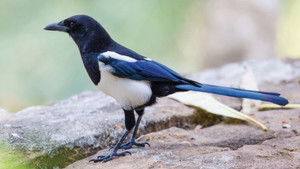 1 - 17Passerines: From Flycatchers to Thrushes May 26, 2017
1 - 17Passerines: From Flycatchers to Thrushes May 26, 2017 -
 1 - 18Passerines: From Thrashers to Warblers May 26, 2017
1 - 18Passerines: From Thrashers to Warblers May 26, 2017 -
 1 - 19Passerines: From Tanagers to Birders May 26, 2017
1 - 19Passerines: From Tanagers to Birders May 26, 2017 -
 1 - 20Photography for Birders May 26, 2017
1 - 20Photography for Birders May 26, 2017 -
 1 - 21Birding Sites in Eastern North America May 26, 2017
1 - 21Birding Sites in Eastern North America May 26, 2017 -
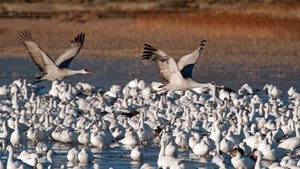 1 - 22Birding Sites in Western North America May 26, 2017
1 - 22Birding Sites in Western North America May 26, 2017 -
 1 - 23Birds and People May 26, 2017
1 - 23Birds and People May 26, 2017 -
 1 - 24Birding Ethics and Conservation May 26, 2017
1 - 24Birding Ethics and Conservation May 26, 2017
Overview
Plumage variation in a single bird reveals much useful information. First, take account of plumage differences based on sex, and seasonal plumage changes. Then investigate the remarkable range of age-related plumage variation in birds. Learn how birds molt (shed and replace plumage), and how hybrid species, as well as genetic and environmental factors, pose challenges for identification.
Year 2017
Studio Wonderium, The Great Courses
Director James Currie
Popularity 0.4123
Language English
















